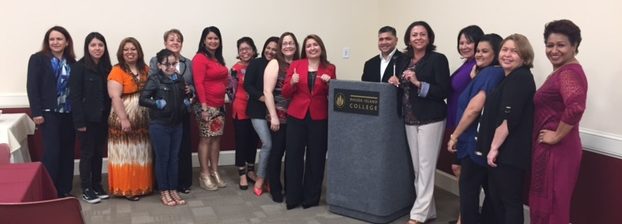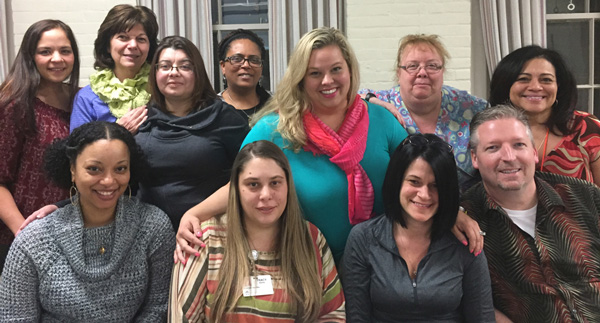
Community Health Workers (CHWs)… function in a variety of roles and community settings, from hospitals to housing agencies to social service organizations. They provide outreach, health education, linkages to programs and services, advocacy, and hands-on enrollment assistance. Through their role as system navigators, CHWs make an important contribution to the goal of health system integration. They apply to their work a unique understanding of the experience, language and/or culture of the population that they serve.
Specific roles of CHWs include at least one of the following:

- Bridging/culturally mediating between individuals, communities and health and human services, including actively building individual and community capacity;
- Providing culturally appropriate health education and information;
- Assuring that people get the services they need; or
- Providing direct services, including informal counseling and social support; and advocating for individual and community needs.
CHWs are different from other health professionals because they are hired primarily for their deeper understanding of the population they serve and they conduct outreach at least 50% of the time in one or more of the categories above.
For a detailed description of the CHW Job Analysis and Standards in RI, click here.
See an infographic about “A Day in the Life of a CHW” here.

Community Health Worker” is an umbrella term that might include:
Lay health worker, promotore, promotora, community health advocate, lay health educator, community health representative, peer health promoter, community health advisor, patient navigator, lay health advisor, neighborhood health advisor, community care coordinator, community health educator, community health promoter, case work aide, community connector, community health outreach worker, family support worker, outreach specialist, peer educator, peer support worker, public health aide, environmental health aide, lead abatement education specialist.
(“From CDC’s Policy Evidence Assessment Report: Community Health Worker Policy Components”)
